Towels come in direct contact with the skin so it is important to ensure their safety and quality. Are towels easy to scratch or shed?What are the quality indicators for towels? How do you choose a high quality towel? What are the important considerations when choosing towels? Let's look at some secrets regarding towels.
What are the most common quality issues in towels that don't meet standards?
The unqualified rate for towel products is high in spot and supervision. It mainly involves pH value, color fastness and hair removal rate.
To reduce costs, production companies often use low-quality raw materials as well as dyeing and finishing agents. Uncontrolled production can also affect the final product's quality.
What are the standards and items that must be tested for towels products?
Towel products are household textiles and therefore have to meet relevant standards like OEKO-TEX, ASTM D5433-2019 or BS EN14697 2005. These standards focus on the following parameters.
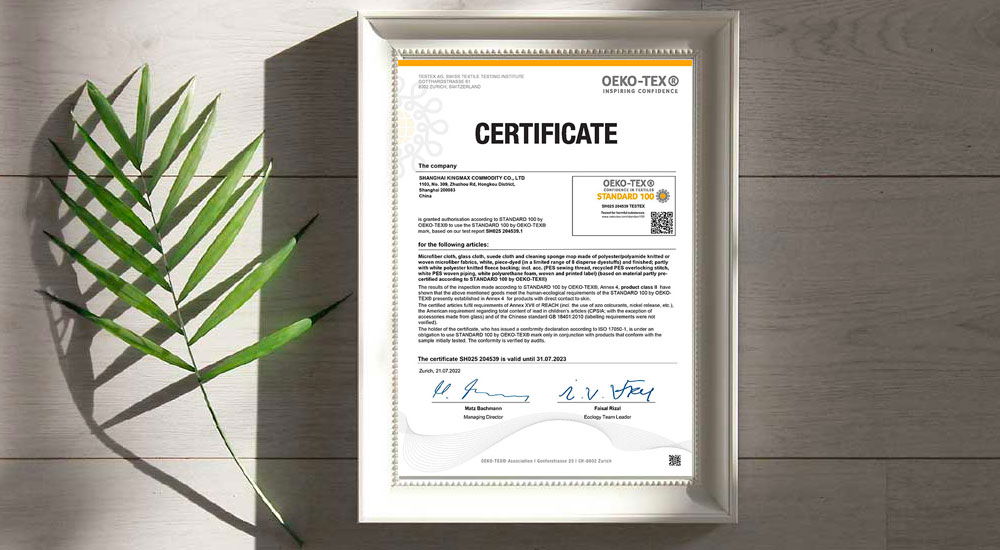
Water absorption
The performance of towels is determined by their water absorption.The national standard specifies a settling method that can be used to determine the water absorption of towels. This can be done intuitively and accurately.The water absorption of the sample is measured after the sample has been washed and dried.Low quality towels might have water droplets that are difficult to penetrate.This could be due to poor fiber quality or too many softeners.
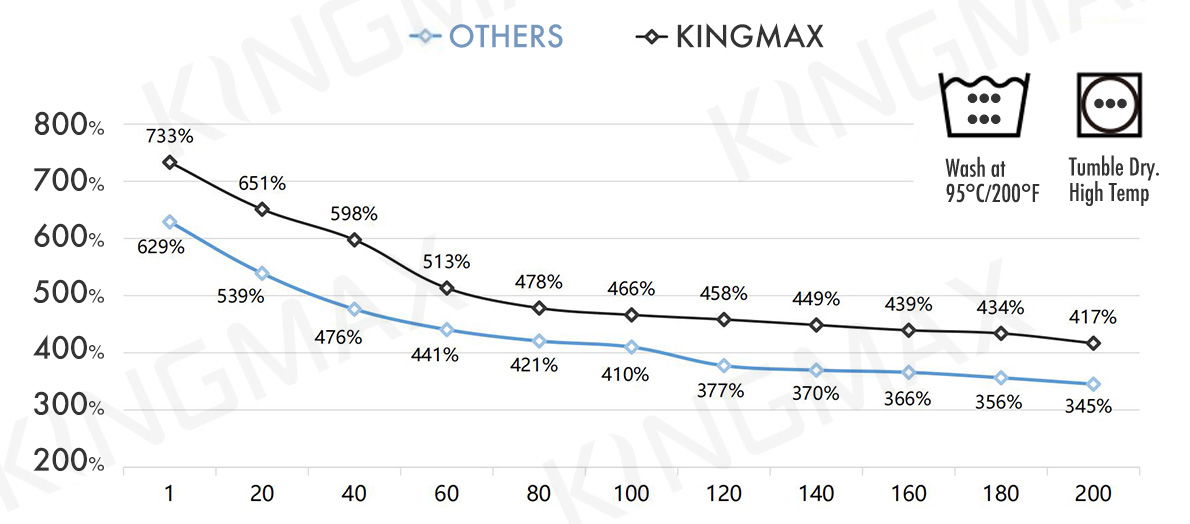
Hair removal rate
A key quality indicator for towels is the rate at which hair is removed. The sample is then humidified, washed, dried and re-humidified. After that, the loss rate is calculated. Consumers may have problems with towels being shed. After drying, the fibers can easily enter the nasal cavity and cause discomfort.Low-quality cotton fiber raw material for spinning will result is more fibers and substances like fluff on yarn's surface, which can make it easier to fall off towels. This can lead to a higher rate of hair removal.
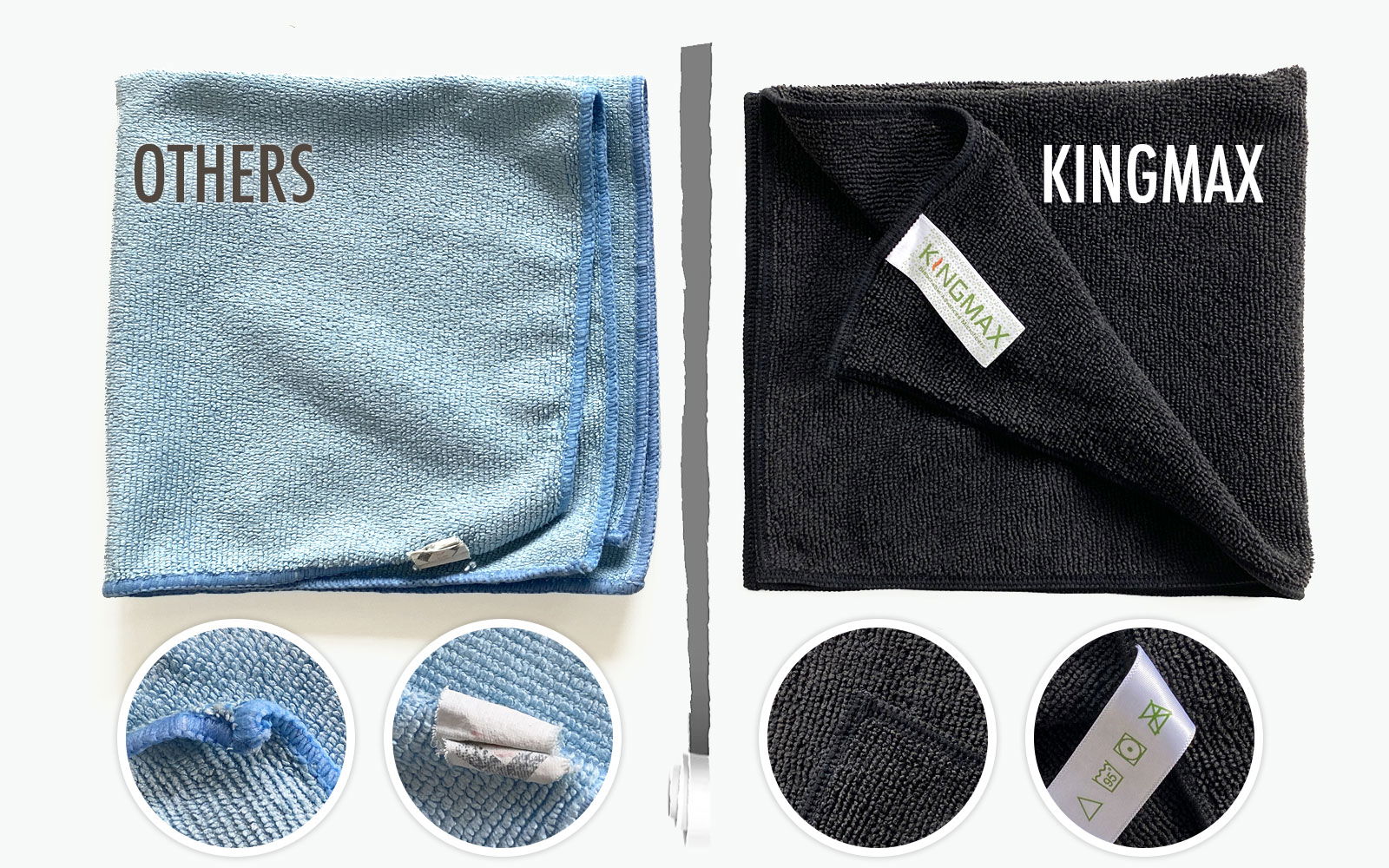
pH value
Too high or low pH values can cause skin irritations or skin infections.The pH range for daily towels is 4.08.5 according to the national standard. The pH value of human skin is low. The pH value of textiles should be between weakly acidic (neutral) to prevent virus invasion. This is conducive for protecting human skin's health. Too high or low pH values can cause skin damage, including allergic dermatitis.If not properly managed, dyes, softeners and fixing agents used in dyeing or finishing can alter the pH value.
Color fastness
Reactive dyes are used to dye pure cotton towels. The dyes used to dye dark-colored towels can stick to the fibers with a lot of hydrolyzed fuel, making it difficult for them to be washed off. There may be some color fading after the first wash. Substandard dyes or dyeing processes may cause a towel that is light in color to become shabby after the first wash.Bad and good colorfastness directly impact safety and health. Skin can absorb dye molecules and heavy metal ions and cause skin irritation.
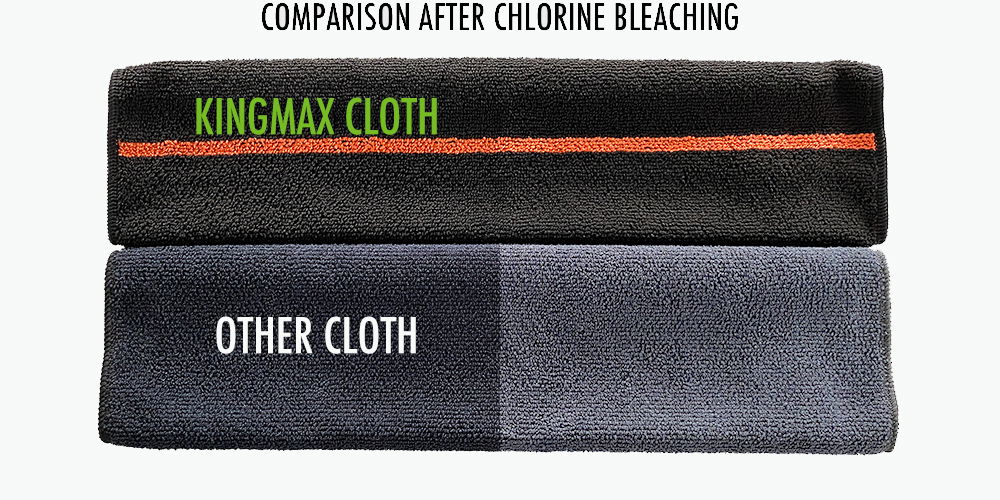
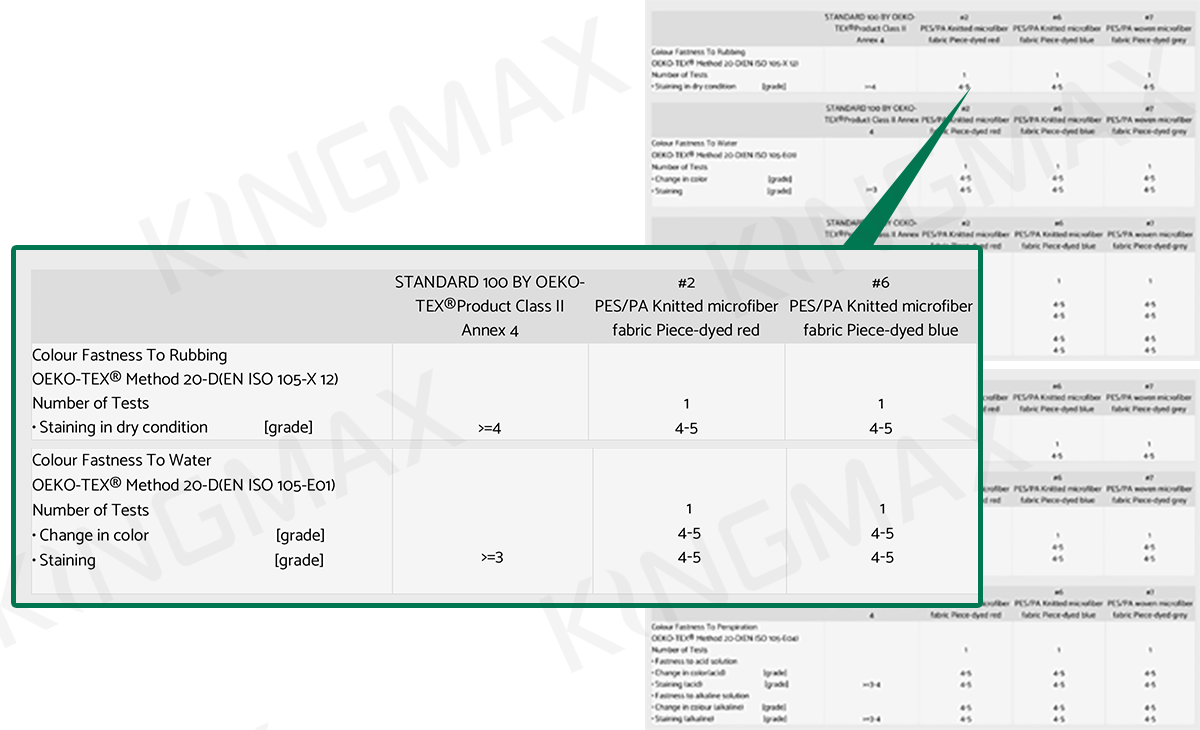
Fiber content
The quality of textiles is determined by their fiber composition. Consumers are not interested in products made of low-quality yarns and inferior materials.
Breaking down strength
The new towel standard does not allow for the assessment of breaking strength in towels too small to be collected normally. The breaking strength can be exempted due to size limitations, but it does not make the strength less important. The towel's service life will be affected if the breaking strength is too low. Consumers may complain even if the product meets all the requirements.
Our products have passed the testing of relevant standards.
How can you tell the difference between good towels and bad towels as a consumer?
Feel and touch
Superior towels feel more soft and fluffy, while better towels are firmer.
Appearance
Good towels are made with high quality materials, such as woolen threads, printing and clear color patterns. You can see this with your naked eyes.
Smell
While towels of high quality are generally not scented, they can emit unpleasant odors. To avoid harmful gases from entering your nasal cavity, it is best to keep the towel at a distance when smelling it.
Soak in the water
Superior towels are less water-absorbent, may not last as long as others, and can float in water with fibrous substances. These phenomena are not common in towels of high quality.